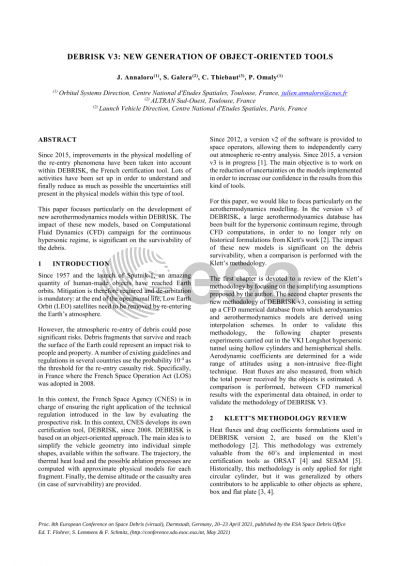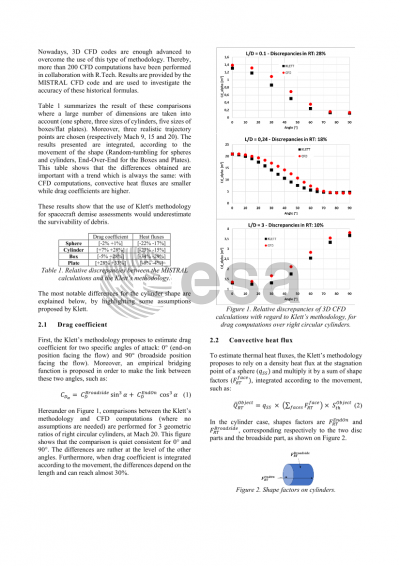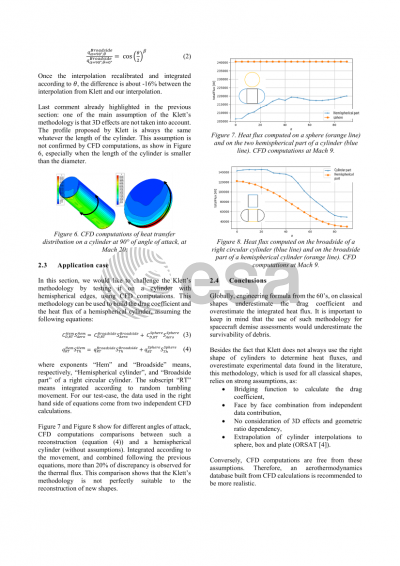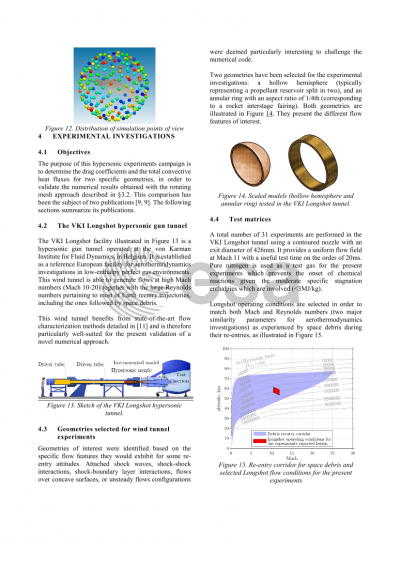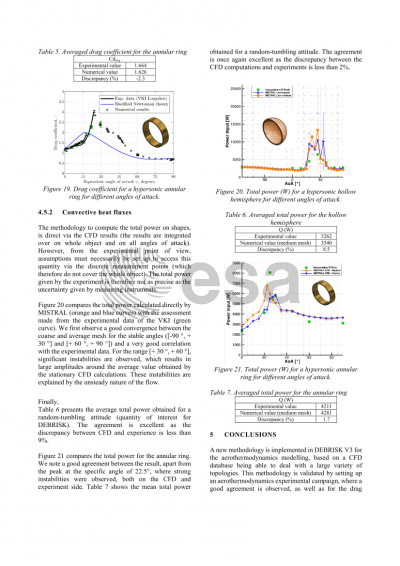Document details

Abstract
Since 1957 and the launch of Sputnik-1, an amazing quantity of human-made objects have reached Earth orbits. Mitigation is therefore required and de-orbitation is mandatory: at the end of the active life, LEO satellites need to be removed by re-entering the Earth’s atmosphere. However, the atmospheric re-entry of debris could pose significant risks. Debris fragments that survive and reach the surface of the Earth could represent an impact risk to people and property. A number of existing guidelines and regulations in several countries use the probability 10-4 as the threshold for the re-entry casualty risk. Specifically, in France where the French Space Operation Act (LOS) was signed in 2008. CNES is in charge of ensuring the right application of the law by evaluating the prospective risk. In order to evaluate this risk, since 2008 CNES develops its own certification tool named DEBRISK.
DEBRISK is based on an object-oriented approach. The main idea of this approach is to simplify the vehicle geometry from the break-up altitude into individual simple shapes, defined by the user. The trajectory, the thermal heat load and the possible ablation processes are computed with approximate physical models for each fragment. Finally, the demise altitude or the casualty area (in case of survivability) are provided.
Since 2015, improvements in the physical modeling of the reentry phenomenon have been taken into account. Lots of activities have been set up in order to understand and finally reduce as much as possible the uncertainties still present in the physical models within this type of tool, and of course, to increase our confidence in the survivability assessment of the debris. This paper is therefore an overview of the latest developments taken into account in DEBRISK.
Preview
